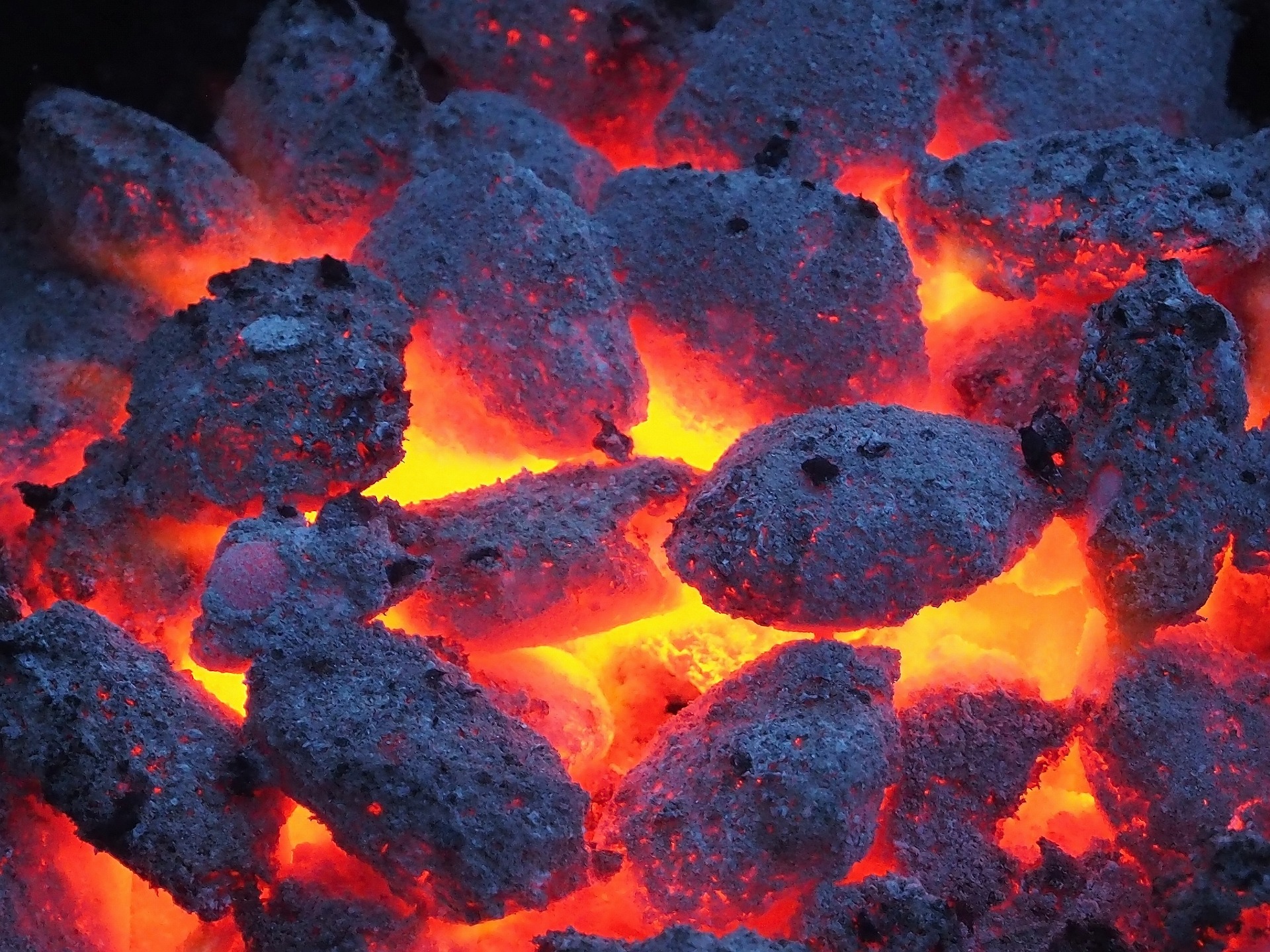
Demand for coal in dynamic growth
In the EU member state demand for coal grew by an average of 35 per cent in the first nine months of 2022, owing to the high energy prices.
The Czech Republic’s Ostrava region has been working for decades to end its legacy as the most polluted area of the continent, transitioning from an industrial working-class stronghold to a modern city with touristic sights. But the war in Ukraine has triggered an energy crisis in Europe that has paved the way for coal’s comeback, and the demand for the energy carrier is steadily increasing.
After the Czech Republic had joined the EU in 2004, the decline of industrial and mining activities and the advent of new environmental standards has vastly improved the air quality, but the situation deteriorated significantly as the usage of coal has become more widespread.
A 2021 study of more than 800 European cities by Spain’s Barcelona Institute for Global Health, or ISGlobal, puts the regional capital of Ostrava and the nearby towns of Karvina and Havirov among the top 10 most polluted European cities. It estimated that 529 deaths a year could be avoided in those three cities, if the relevant air quality guidelines were met.
In addition to the burning of coal, obsolete furnaces also pose problems in complying with environmental protection guidelines. Despite government programs that encourage the replacement of old furnaces with more effective ones in a bid to reduce pollution, some 50,000 furnaces still need to be replaced in the Ostrava region.
“We’re worried. If the prices won´t go down, what might happen is that we´ll be facing an increased pollution,”
said Zdenka Nemecková Crkvenjas, a member of the Moravian-Silesian region’s governing council in charge of the environment.
A combination of burning coal for residential heating and industrial plants resulted in “catastrophic” air pollution at the end of the communist era in 1989, air pollution expert Petr Jancík said, who works at the Ostrava Technical University. The impact on air quality is difficult to predict immediately, Mr Jancik opines. „There are two opposing trends. The first one is that people have been trying to use better and more efficient furnaces, and the second one is that they consider using more coal and wood,” the expert added.
In another sign of coal’s revival, the Czech Republic has reversed plans to completely halt mining near Ostrava to help safeguard power supplies amid the energy crunch. The state-owned OKD company will extend its mining activities in the Ostrava region until at least the end of next year. Coal will be mostly used for generating power and household heating, with coal-fired power plants producing almost 50 per cent of the country’s electricity.
The Czech government long-term plan – to gradually phase out all coal-fueled power plants from Czechia’s energy production by 2033, and to increase the country’s reliance on nuclear power – hasn’t changed.
Tags:

